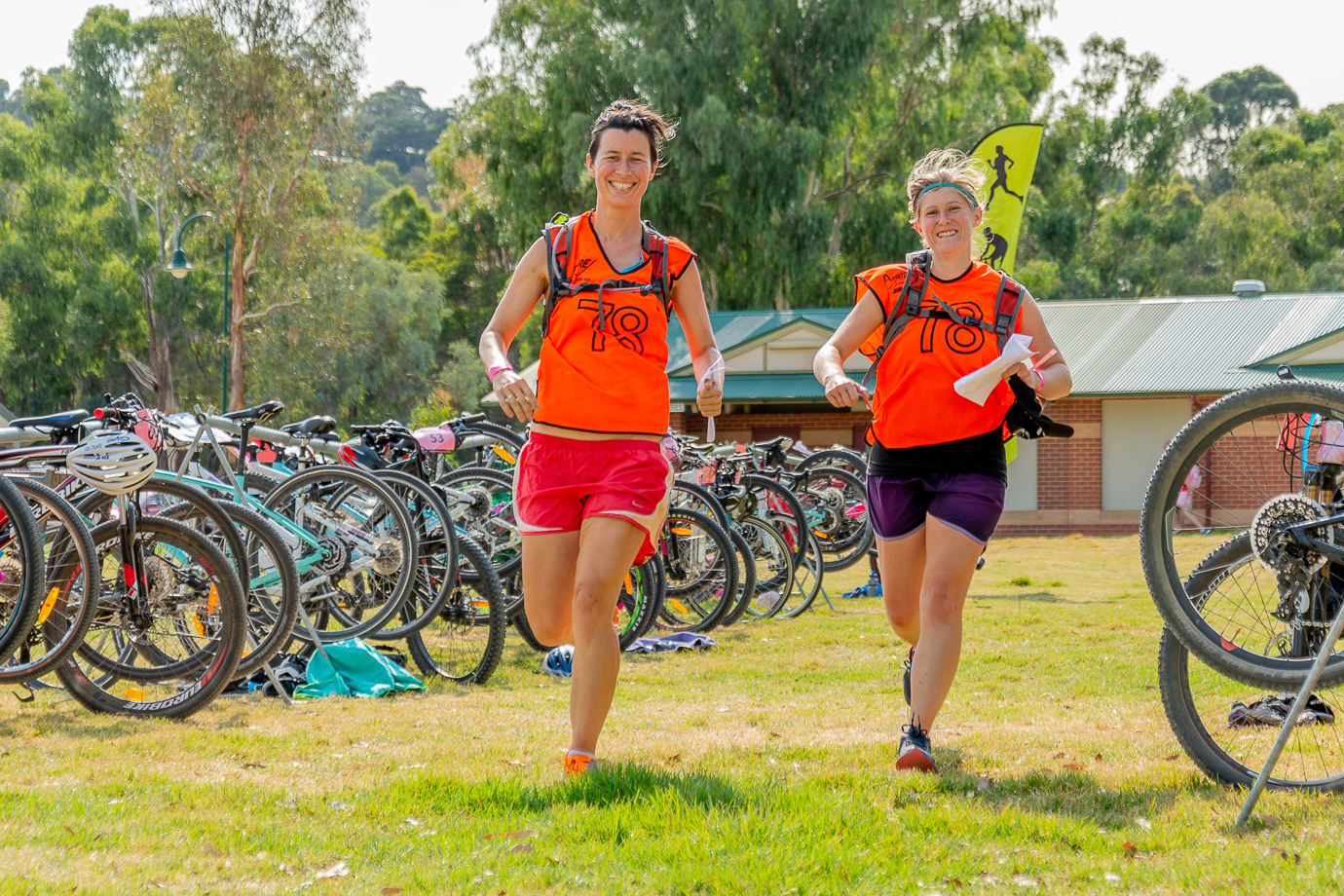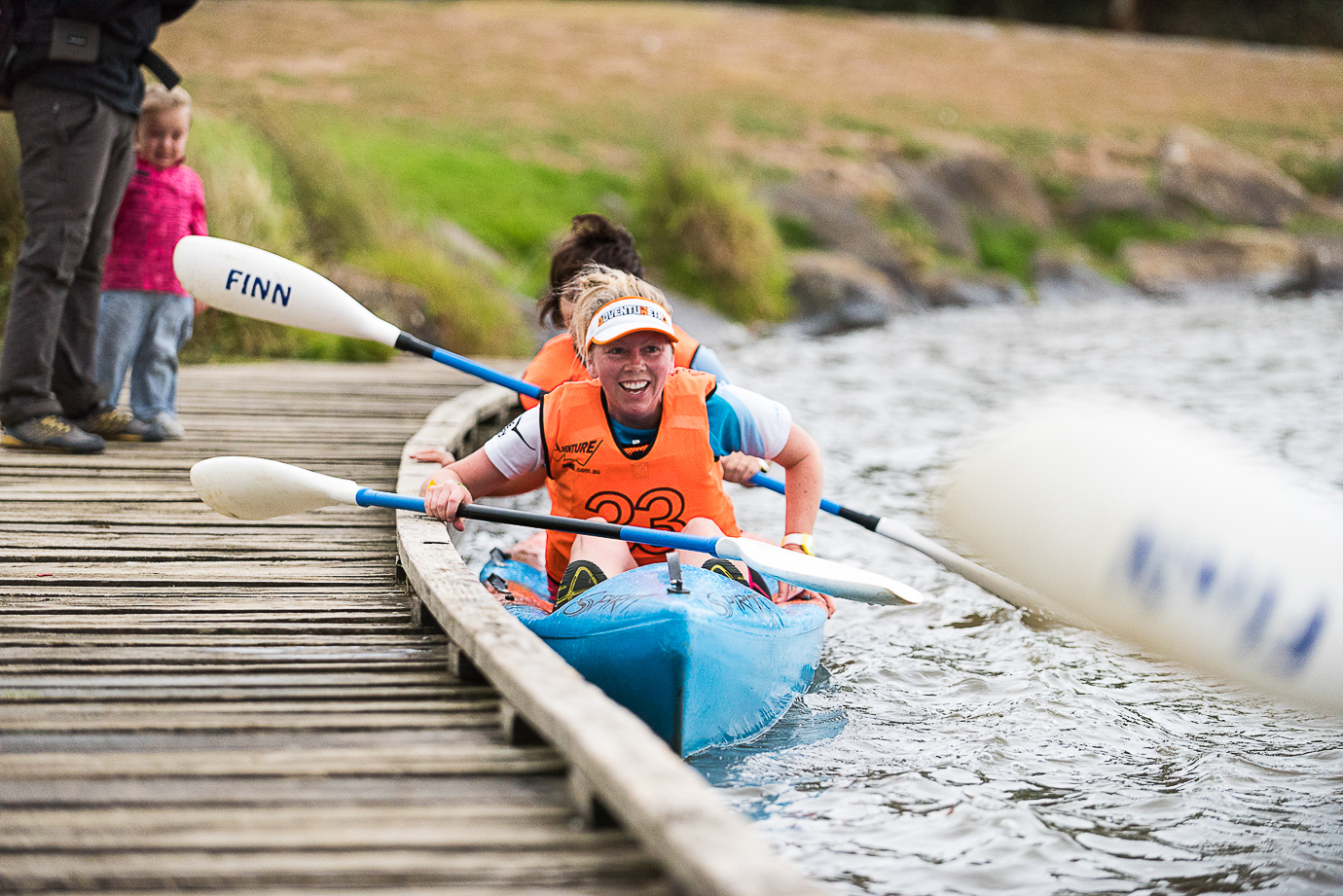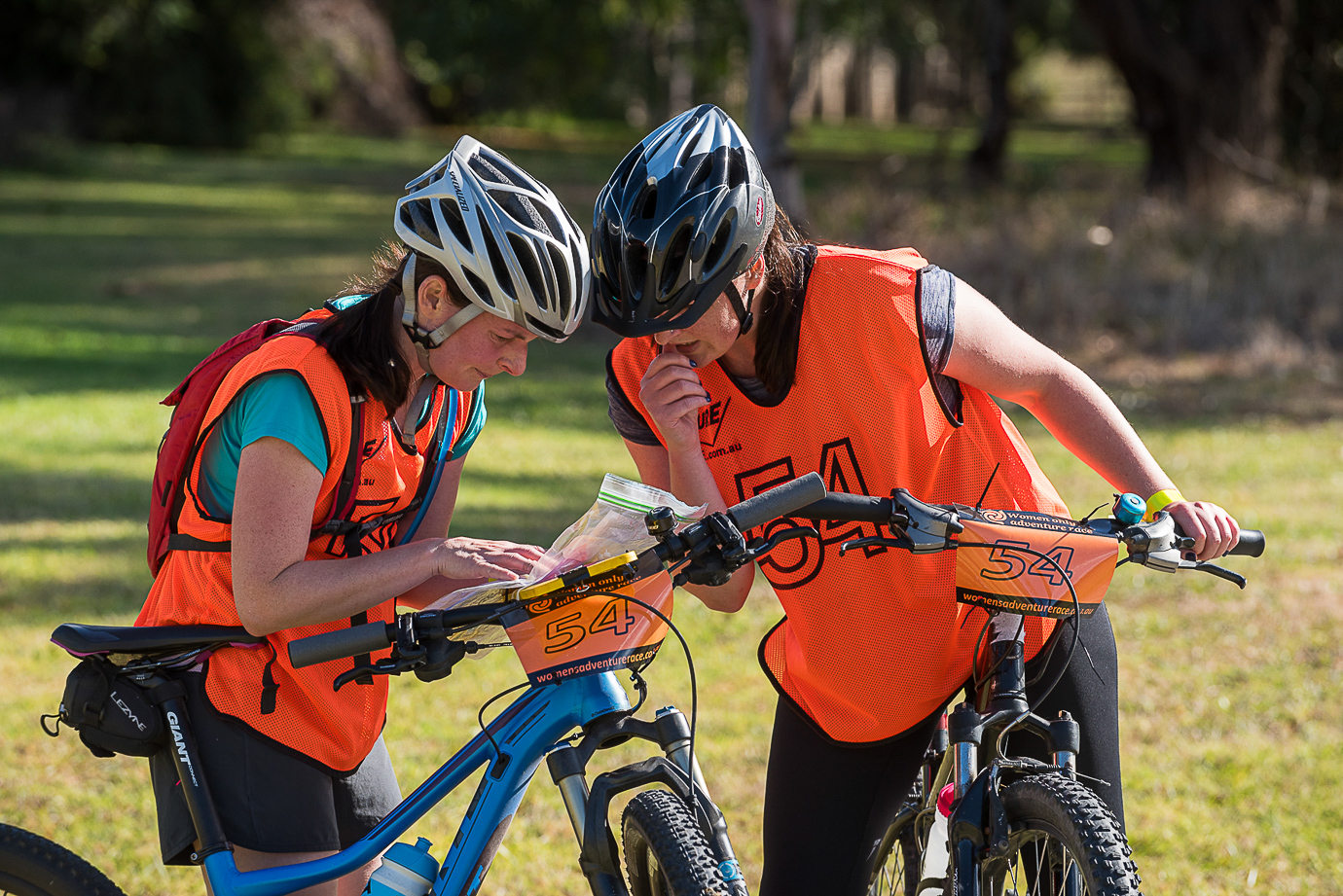Mountain biking
There is something about grabbing a mountain bike - a perfect off-road machine and heading out onto the trail. This aspect of our sport is getting more and more popular as there are not much room left for road riders, and people are starting to realize that in addition to the perfect workout you’re getting the flow of the trail, the beauty of a nature, the thrill of riding a rough terrain and fantastic social environment, as all mountain bikers are a bunch of extremely friendly people.
It doesn’t take much to be able to ride a mountain bike but it does require some skill and training to be able to be competitive and ride technical trails. It’s more fun when you’re doing it better. This is like a circular motion-more you train-better you are at it-more you are enjoying it.
First of all, you obviously need a bike. If you want to cut costs you can have some second-hand one from some riders who are constantly upgrading their fleets. As soon as you get a taste of it, you will want to upgrade yours as well.
Hardtails vs dual suspension, 26, 27 or 29 inch
Mountain bikes come in several different styles (we are talking about those suitable for adventure racing)- full suspension or hardtale – both can be 26-inch, 27 or 29 inches wheels. There are a lot of talk about what is better and more suitable; the bottom line here- different bikes are made for different terrain, hardtails are lighter than full suspension (and cheaper). 29 inches (29er) are going easier through the rough terrain but worse on sharp cornering. 29er is more expensive than 26er, full suspension is more expensive than hardtail. Generally, the mountain biking part of adventure races is relatively easy from a technical point of view. The 27-inch bikes are designed to accommodate the advantages of 26 and 29er. Additionally, the height of the rider should be taken into account, for a small person it is harder to ride 29.
The other things worth investing in: a helmet and padded shorts (if you are just riding), for adventure race triathlon shorts, works perfectly. Gloves keep your hands on the grips better, sunglasses is a great idea too- bugs and sun wouldn’t bother you during your rides. Hydration system or a couple of bottles on your bike- make sure you drink plenty of water. After some time in a saddle, you can consider getting clip pedals, they increase your pedalling efficiency and give you more control over the bike on a rough trail.
Mountain biking requires aerobic capacity, technical skills and strength. The same training principle as in all other sports should be applied here- gradually increase the volume and intensity of exercises and the difficulty of the terrain. Start on some paths and 4wd trails; then as you build your confidence, step up to easy single tracks, keep up the great work and start riding more difficult routes!
Join mountain biking groups and squad training. You will learn from other people and you will enjoy the social environment.
If you want to master your riding skills
- Look well ahead on the trail.
- Make a quick decision when you pick up a line.
- You ride where you look (your wheels follow your eyes).
- Apply a can-do attitude to obstacles (but do not jump over the levels of difficulty, if you just starting do not expect you can ride everything, it takes a bit of time to learn)
- Relax your arms but hold your grips tight.
- Change your gears in advance of approaching uphills.
- On cornering, apply your weight through the seat and the pedals; set your speed- approach the corner with the right speed so that you do not need to brake heavily when entering the corner.
- Exit the corner fast, enter slow.
- Put weight in front but keep seated while climbing.
- Momentum is your best friend riding slopes and passing obstacles.



